Leaderboard
Popular Content
Showing content with the highest reputation on 03/27/24 in all areas
-
3 points
-
After some snow and heavy rain, I can see my design in action, physics doing what physics does. This is the 1st pond that has now overflowed with run off. This level has raised about 400mm. Although not finished. This has now overflowed into a gulley / pipe, that when it's finished will be concreted and form a better overflow outlet. The last pic is the new pond and the darker green shade in the water is the overflow water entering the pond. The new pond rose around 150mm so around 1500l.2 points
-
I've just paid £85 +vat for a service on the external unit, but as they're principally aircon engineers they don't do any more than a cursory glance over the indoor unit. I check/clean the water strainer on the indoor unit myself. I tried to get a plumber to service the uvc/expansion vessel, but they pretty much said its a waste of time and no-one bothers...1 point
-
You should speak to BC before you go too far. A three-storey house will need a protected staircase - something you don’t currently have. As for the garden room - don’t put in the corner.1 point
-
Sorry - no. A bit too big for my taste. Perhaps it’s the different types of roof that are putting me off.1 point
-
I deal with construction drawings day in and day out. A timber frame is a dream for anyone making a BC submission - as you said the TF guys do most of the work anyway.1 point
-
Got you. It’s probably not the worst idea to get ballparks but just be mindful that once you get your building regs drawings and there are steel sizes etc if you have any that the builder may need to ‘revise’ their quote. This might also be why builders are asking for money to quote (none of ours did). They might think it’s very speculative not quoting to regs drawings. Most we spoke to refused to quote from planning and said they needed the full detail to quote accurately.1 point
-
You could try MGA Consultancy in Exeter his tester lives near Bristol and travels the south west, I don't know how much he charges now but I payed £225+vat in 2021.1 point
-
I think a lot of the pricing is way out and by the time you tote up costings for the excluded items, you could easily add another £150k + VAT. This could easily turn out to be a money pit because once you start you just have to follow through and I suspect the builder may hit you with a premium for any unexpected surprises and any 'extras' such as fitting standard height (2.4m) insulated plasterboards ! You should get more quotes and a QS on board. Also, echoing what others have said, you may want to consider a demolish and rebuild.1 point
-
1 point
-
Zak, I think the sincere opinion here is that quote is too high. Only you, and your family, can decide on what you must have, what you would like to have, and what you can without in order to remove things ro reduce the cost. Or, and what seems to be the considered best option, rebuild to the proposed footprint. It will be simpler for any builder and therfore be a better final product. It may cost a bit more to do, but extensions and additions are tricky and prone to introduce problems that you could spend years rectifying. Do yourselves a favour, look seriously at the demolish/ rebuild route1 point
-
You do need to go through the entire quote and actually ask the builder to explain / justify the prices he is prepared to charge - example - install only WC on ground floor (all sanitaryware suite and tiling supplied by client) - £2750 - Jeez - really!? This project appears to be a massive undertaking with some sreious numbers involved and sadly time doesn't allow me to trawl through all the associated threads but have you considered a QS ? Failing that I suggest you really do find a way of "assessing" this quote as some of the figures are just out there!1 point
-
£360+vat for 200m2, - that was a pre plaster board test but all are the same. We used a company called EasyEPC - they also did our as designed SAP, and Part O modelling (we couldn't use the simplified spreadsheet). Our location means people have to travel a reasonable distance which I think impacts the cost.1 point
-
1 point
-
Yep. All sealed. Will be tanked and I have the no more leaks kit to fit too.1 point
-
Unfortunately your paying the price for turnkey As others have probably said a drawing would help A May be a massive house Floors and electrical jump out at me initially I’ve paid 4K for an electrician to first and second fix 350m2 and a two story workshop But you won’t have the hassle of making sure everything is ready and there for him I would change from T&G to 22 mil chipboard Hardly anyone uses T&G due to cost and labour1 point
-
1 point
-
£9k for welfare facilities? Are they going to build you a mini-hotel and spa for them? Edit: going through the long list: obviously we don't have all the info here, but £34k for 'floor construction'? My fixed price foundations and floor build up over a 180m2 area is coming in at just over £18k. It might be a 'I don't want to do this' quote, or a 'you obviously have money' quote. £72K for pitch roof? My entire timber frame build is coming in at £85k.1 point
-
wow yes, there are certainly some crazy figures in the quote but - as @BotusBuild has mentioned, we really do need more info before commenting with any authority. What is the size of the house - how many bathrooms etc etc. Location. What is the scheduled build time too.1 point
-
If just needs to drain the monoblock in order to prevent the monobloc from freezing. The ground is unlikely to freeze and would probably be reasonably resilient if it did (push water back into the house and expansion vessel rather than splitting pipe)1 point
-
@NJLJ2024 1. Do research with local planning authority in particular planning policies, and successful local applications. Other applications will give you idea of what is needed for an application. Visibility sprays, bats drainage etc etc. 2. Propose to build something that meets policy etc don’t apply to build something odd for area. Use materials / shapes that fit in especially if rural. If your local planning officers are approachable have a chat with them. Planning application doesn’t need complex technical drawings more about the appearance of building & materials etc. liaise with neighbours early on. 3. If approved, then value the land. As other have said it’s value will increase dramatically with PP. All of above is low cost / low risk. A self building project involves hundreds of stages / decisions. Break it into manageable chunks. Above points being the first, important, chunk. Once / if you get PP then come back to the group if you need help with house design and other stuff eg lender recommendations. While awaiting PP decision utilise this forum as a self building open university. Every old post will increase you knowledge of someth8ng you probably didn’t think was a thing to consider. Stop looking at pictures of fancy bathrooms etc that comes later. Good luck.1 point
-
Pah. Use underfloor heating. Mount the monobloc high enough to be clear of the snow. Ensure that the pipework rises from your floor to the monobloc. It will then thermosyphon (cold water falls into the house; warmer water rises into the monobloc) even if the power happens to be off. 🙂 Even if it goes tits up... There shouldn't be much hard pipework outdoors; flexis ought to survive The critical plate separating out the refrigerant will likely survive half a dozen oopsies too; especially if the rest of the monobloc is made of cheese Or better yet use an air to water split system...or an air to air split for the ultimate in walk away peace of mind. I've been debating whether or not to use glycol in the case of a power cut in our cabin (e.g. RCBO trip when -20C out) where the entire building drops below 0C. I'm hoping that the most vulnerable pipework (that in the walls) will also thermosyphon the cold water down into the radiators and can be maintained at temperature e.g. by running the woodstove if the poop hits the fan. The potable water freezing and screwing the pipework / unvented cylinder / water filters would be a pain even if the heating didn't freeze. Question is how you'd know if you weren't there and the power were off. With a mixed work / personal hat on I'm looking at these: https://teltonika-gps.com/products/trackers/fmc125 https://teltonika-gps.com/products/trackers/fmm125 - SIM card - 12-24V DC supply - Built in backup battery and charging circuitry (so you'd know if the house were powered down provided that the mobile cell site still had power form it's backup battery) - Can measure temperature/humidity via bluetooth or temperature via onewire - Can flip a relay - Can also do RS485 (if one wanted to read a heat / elec meter or indeed heat pump where those use RS485) https://teltonika-gps.com/products/accessories/sensors-beacons/eye-sensor-standard https://teltonika-gps.com/products/accessories/other/temperature-sensor I think there's a product offering in the works here for monitoring houses and heating. Waffling. In a UK climate in a house that's regularly occupied I probably wouldn't even both with an antifreeze valve. Just let it thermosyphon in the event of a power cut, and rely on the house being warm enough to avoid it freezing up. In all other scenarios the circulator pump is running or the internal trace heating is active. If it ever gets cold enough to freeze!1 point
-
Well the numbers are probably not published anywhere for those products, but they will have similar-ish thermal expansion coefficients as they're all some kind of stone-like powder with a binder. That is, we're not looking at something like glass bonded to steel at one end and stone at the other. So, I think, along with the flex, you're good1 point
-
No glycol no anti freeze valves for me, just have the frost protection activated. I can see the last coal power station from my bedroom window, I don’t think I’ve had a power cut longer than 2 minutes ever.1 point
-
1 point
-
Well, when I have done a cut roof I use the “template” one and make sure it fits everywhere first, if you offer it up and it’s 10mm out make that adjustment for that one (not that any of mine were out of course 🙄)1 point
-
1 point
-
... not used it yet, but it looks promising: https://drajmarsh.bitbucket.io/daylight-box.html1 point
-
As far as I’m aware in a mains fed hot water tank this problem doesn’t exist.1 point
-
The point everyone is missing is this is DHW demand. Yes I can understand the modulation and PID limitations when heating, but the point I would be banging on abut is you have turned on a tap, it should be heating DHW with a completely different set of parameters and control algorithm. The fact it refuses to do that because it previously locked out doing something different thing is a FAULT with the programming. When it switches to DHW it should completely ignore what it may or may not have been doing previously and get on with the job of heating the hot water. Anything else is a design fault.1 point
-
No its 15mm. But the PID algorithm controls the physics. My contention is that if the boiler cannot do what i need it to then it is deficient. I am not after all asking it to do anything odd. Specifically, heat a 1986 vintage 3 bed semi and deliver hot water when asked. The boiler manual does say that in older houses it might be necessary to set the temp to as much as 82 degrees C. There by recognising the need. It does not say ' but we wont always be able to give you hot bathing water if you do'1 point
-
I would ensure you have any pipes or conduits in place but not trimmed all the way back (do that after the tiling) Fit your toilets and pedestals after the tiling. If they get changed in the future you won't end up with holes in the tiling where you don't want them.1 point
-
There must be thousands of combi boilers which have to deal with a similar cycling problem on CH, a combi boiler is sized for its HW duty, you may have a 37kw boiler sized to give a DHW flow of 15LPM at a dT of 35C but the CH load might fall to 5kw so the boiler just has to cycle, a 37kw boiler may have a minimum output of 6kw so not a big deal, older ones like the Vaillant ecotec plus 837 can only modulate to 12kw but still have to deal with very low CH demands. The main challenge, especially with Vaillants, which (used to at any rate) maintain the ignition conditions for 60 seconds after recycle/refire, is that they fire at ~ 65% of their max output and if they don't modulate down fast enough then the burner will trip at the target temp +5C leading to anticycle and refiring, nearly all boilers can be range rated right down to their minimum output which doesnt affect the DHW output but they will still refire at this very high output, the range rating does help but not directly. Overshooting the target temperature is a quite normal event and all boilers will then not refire until the anticycle time has elapsed and providing the flowtemp is target temp -5C or lower. I wouldn't have thought that changing to HW demand even if the boiler is in anticycle at the time should delay the (DHW demand) refiring as long as the flow temperature is less than the HI limit trip which is probably as high as 90C. The (primary) flow temperature then changes based on the HW demand and the set DHW temperature.1 point
-
1 point
-
Make sure all the walls are finished and grouted before any prep work is done to the floors They need prepping tiled grouted Then protecting till your ready to move in1 point
-
I did a write up on a modern floating design along with some details on the geometry - might be useful. https://wordpress.com/post/originaltwist.com/19271 point
-
PV is connected to consumer unit after inverter (normal system), consumer unit provides electric to where ever or whatever wants it. Not directly coupled to HP. Just that the HP is another user from CU. Our HP (like many others) slowly ramps up when doing DHW, so with start flowing in the late 20s and over the next hour get to 55 degs. So the early part of DHW is actually pretty good CoP, the later part is a dreadful CoP. So not straight forward. It could be putting 2kW or more out for 400W off the grid. The 400W provided by PV the rest of the time would have powered the background loads to the house. Not easy to make the electric go to just the immersion though, unless directly wired. Add battery it makes things smooth out, currently paying 13p per kWh for 7 hours, utilisation over winter has averaged at 83% of night rate, so 17% at expensive day rate. Very patchy day for solar today, lots of clouds etc. Charged battery 70% last night, heat pump been ticking away most the morning, will be off at 12pm. Battery currently at 68%, and generated 5kWh from PV, with peaks (5kW) and troughs (0kWh), would have been useless for PV directly driving the heat pump and wasteful driving an immersion.1 point
-
That is just over thinking what will the PV power? On that dull day, it will power whatever happens to be on in the house at the time, and if there is any surplus after that it will divert excess to the immersion heater. It needs no user input to achieve that. So the key thing with solar PV (without battery storage) is move as many of your electrical loads as possible to the daytime. For instance I have my ASHP timed to only start DHW heating at 11AM. By then the sun should be up and PV generating. So at least some of what the ASHP is using is coming from the PV. And all big appliances get used near the middle of the day. And there is nothing wrong with the ASHP heating the DHW AND surplus going to the immersion heater as well at the same time. PV conflicts with a TOU tariff such as E7. The TOU tariff suggests you want to do as much as you can at night, PV says do as much as you can in the day. I don't personally like TOU tariffs, they come with a much higher day rate.1 point
-
If memory serves, the original Passivhaus heating standard was designed so that all of the additional heat requirement could be delivered via a ventilation system (resistive heater). I know someone here who designed specifically to Passivhaus accreditation level, but still requires additional heat on certain days. Average solar gain for example is all very well, but rarely do you get the gain evenly spread. When I was looking at it for our house (2016), I looked at a range of options and heat requirement levels. The conclusion was that for both heat and DHW requirement, if the requirement was below 2500kWh annually for each, you would over a 10 year time frame be better off using straight forward (and inexpensive) resistive heaters. Above that level of requirement, the figures stacked ever more favourably in the direction of a heat pump. Energy prices have of course significantly changed since, so the cut of kWh requirement point will have changed.1 point
-
I did one......... Must modify it for the new electric rates. In short for a passive house long term there was almost no 25 year difference between. A2A + ESHP A2A + PV diverted into DHW ASHP ASHP+PV is dearer long term. Shorter term the lower capital cost of the A2A and PV wins. I think up to about year 10 or 15.1 point
-
The Passivhaus standard sets, among other things, a maximum annual energy budget for heating off 15 kWh/m2. On that basis, it's reasonable to expect that heating will be required. The standard says nothing about how the heating is supplied. If your son rarely turns the heating on, what sort of temperature does the house usually sit at during winter? Passivhaus works particularly well in places where there's a lot of winter sun, which doesn't generally describe the UK! As a point of comparison, our house temperature stabilised at about 14 degrees when we went away for a month over Christmas a few years ago. That was no people, no appliances, no cooking, and no showers for a month. In comparison, some of my friends live in Victorian houses, and during cold weather struggle to get parts of their homes to 16 degrees even with the heating running flat out for hours. I know which I'd rather! Have you read that for houses that meet the Passivhaus standard? One other point: when you say you're building a Passivhaus, do you mean a house that's been designed and modeled to meet all the requirements of a Passivhaus? Or are you building using Passivhaus principles such as using lots of insulation and good airtightness? It does make a difference. I don't think our house would meet the standard due to the size and location of our windows, for example. If it's been modelled, you should know how much energy it will use for heating in a year, and you can then easily work out how much it will cost to run an ASHP to supply that heat.1 point
-
But an ASHP will do DHW as well with a COP of 3 - 4.1 point
-
Where they are not installed correctly for a passive house. Bollocks. Because people here have proved they work if designed properly 🤷♂️(I know mine did).1 point
-
I guess it depends where you are. Up here in the Highlands no passive house will be comfortable in winter without any heating. My ASHP bills are not huge, and it is completely controlable including OFF1 point
-
Not quite sure how "zero subsidy" is defined but its not hard to find details of both onshore and offshore projects that claim to be subsidy free. Think the first was in 2017?1 point
-
Sure. Here is a worked example using the tile we plan to use on all our ground floor. 1) Find, or be recommended an expensive product. Example: https://domusgroup.com/products/limestone. (around £98+VAT/m2) 2) Find a photo of the product and copy it's URL. Example: https://domusgroup.com/system/inspirations/images/b56/cc9/8f-/large/Limestone_DCLM_01_Honed_(2).jpg?1533201970 3) Go to Google Image Search https://www.google.com/imghp, click on the camera and past in the URL from step 2. 4) Skip over the Domus and pinterest search results and you'll discover the manufactuer is Cotto D'Este. https://www.cottodeste.com/collection/limestone (If you don't get any results, try again with other images) 5) Now seach for "Cotto D'Este Limestone" suppliers. 6) If you want to find an italian supplier, change you region settings in google search to give you results from italy (chrome will automatically translate anything, so no need to worry about language) 7) You now have lots of leads - https://tile.expert/en-gb/tile/cotto-deste/limestone - https://www.tilelook.com/en-GB/users/cotto-d-este/tiles/limestone-lime-stone-clay-30x60-honed - https://www.italian-bathrooms.co.uk/ - https://brandedtiles.co.uk/brands/cotto-deste/ - https://shop.orsolini.it/prodotti/pavimento-rivestimento-in-gres-porcellanato-effetto-pietra-limestone-clay_372693 - I even found it at 18 EUR, but i think they might be seconds and not have all finnishes. (https://www.edilsiani.com/negozio/pavimenti-e-rivestimenti/rivestimenti/limestone-clay-cotto-d-este-blazed/) 8 ) Find cheapest and negociate based on quantity. I'm on step 7, but a fair price seems to be £45+VAT. ?. Of course the same method applies for other suppliers/brands.. Be interested to know if anyone has used https://tile.expert/en-gb/ ?1 point
-
You can pay me £700 finders fee. It may be more for you due to travel time for this particular tester0 points
-
0 points
This leaderboard is set to London/GMT+01:00


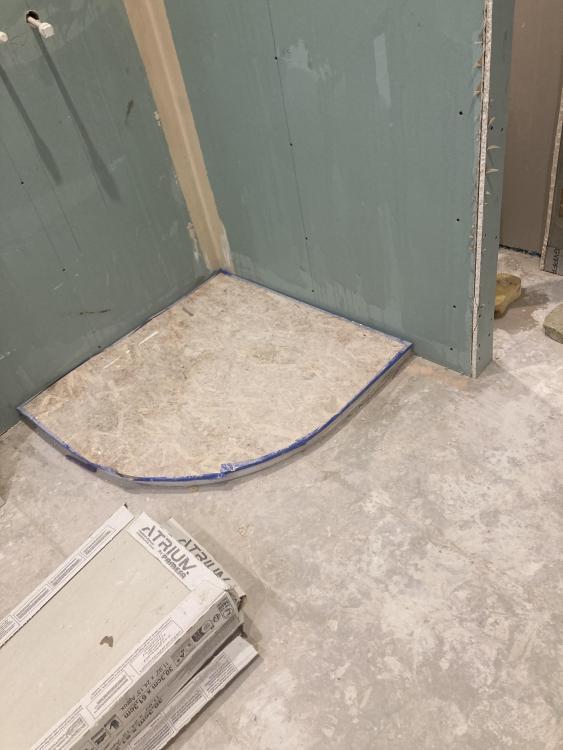

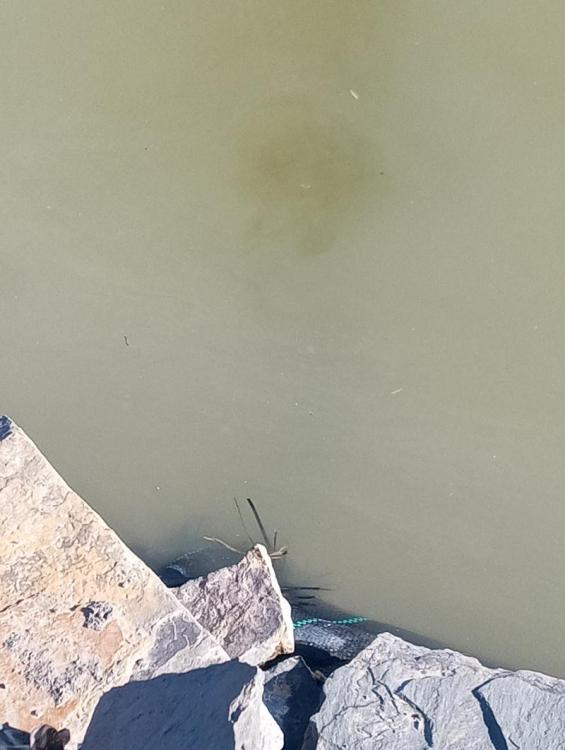
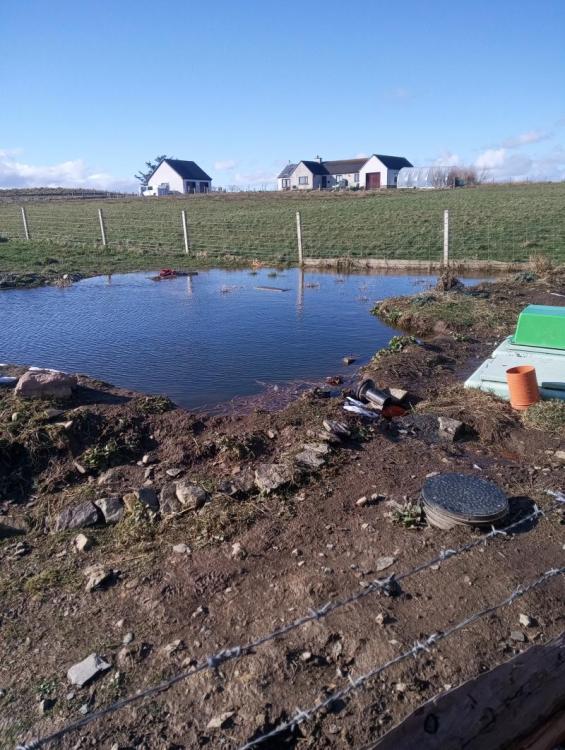
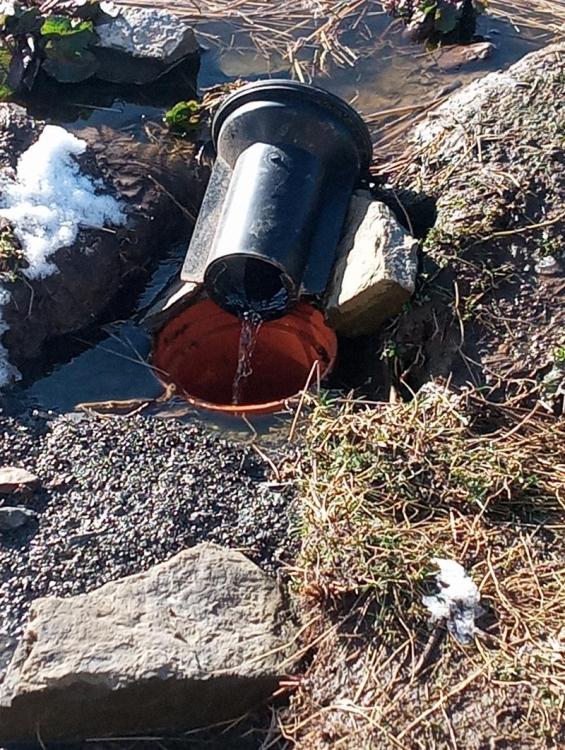


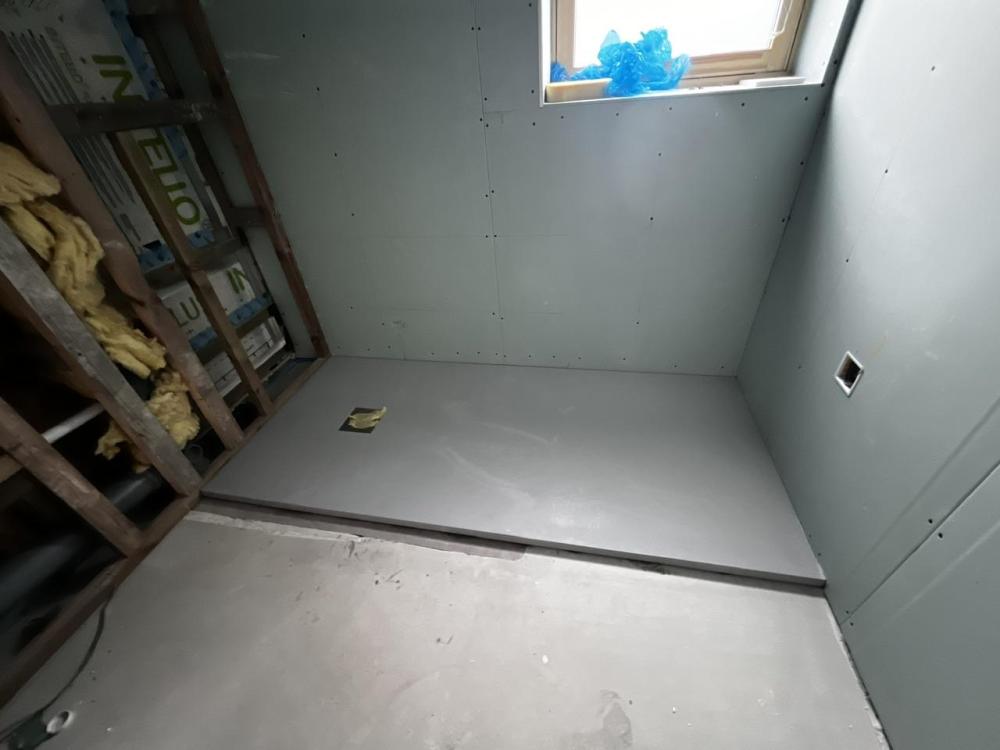





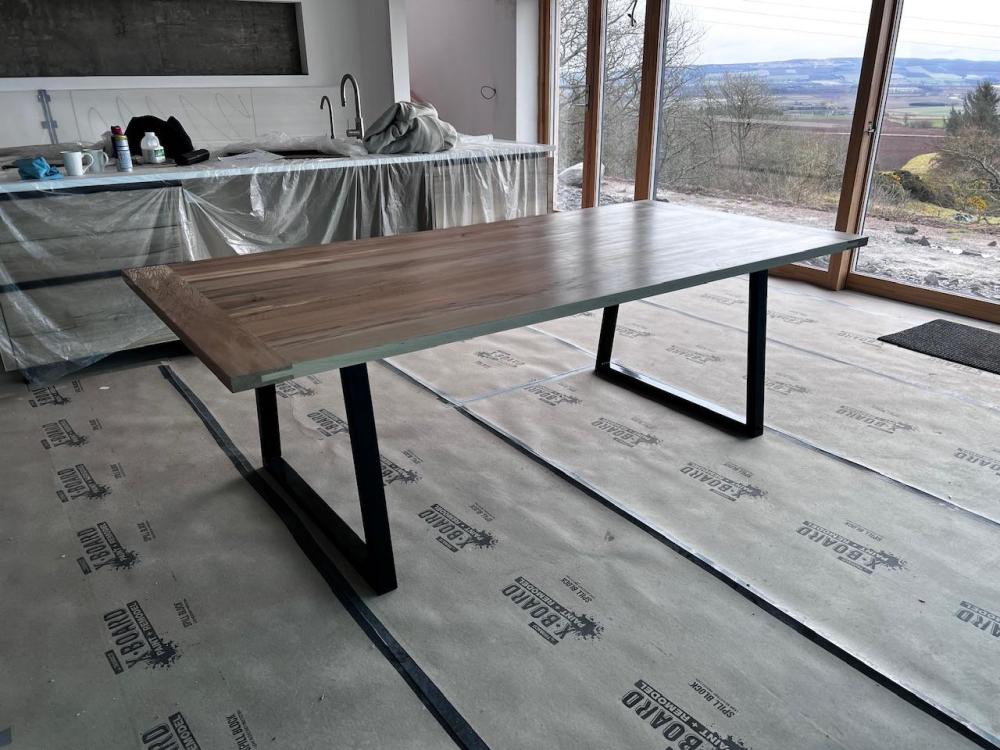


.jpg.c21f3ac78c9b7efd90cbdcb312744dc5.thumb.jpg.7adcad4c0e384f5ecd7d56b0618df6e5.jpg)